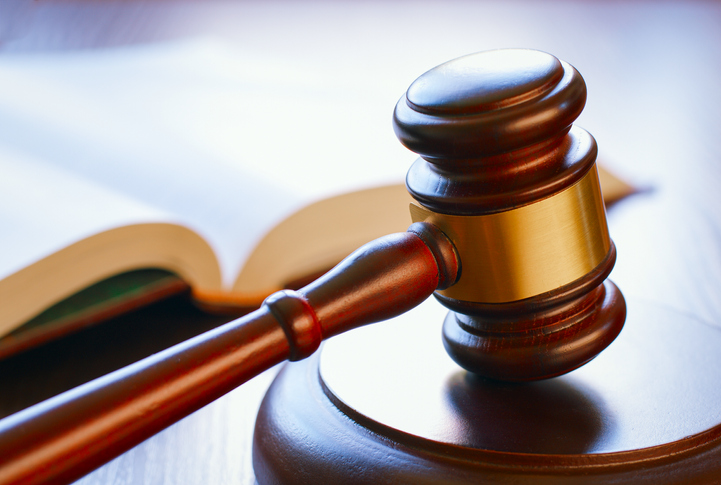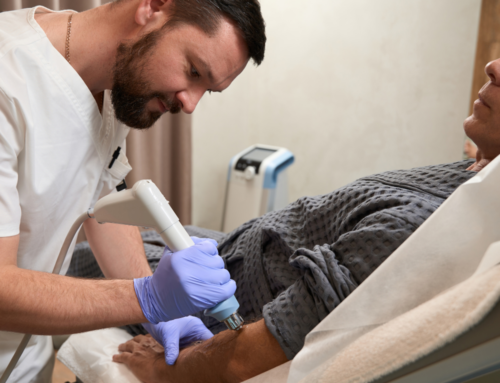Background:
The case involves a legal dispute between Myos Corporation (Myos) and Maximum Human Performance, LLC (MHP) regarding the use of trademarks related to muscle-growth supplements. Myos alleged that MHP’s “4D-TROPIN” infringes on their trademark “FORTETROPIN.” The key issue is whether there is a likelihood of confusion between the two trademarks.
Key Points from the Court Opinion:
- Myostatin Inhibitors and Patents: Myostatin is a protein that suppresses muscle growth in the human body. Myos has a patent for a method of producing a myostatin inhibitor called follistatin from fertilized chicken eggs.
- Trademark Dispute: Myos acquired trademarks related to muscle-growth supplements, including “MYO-T12” and “FORTETROPIN.” They claimed that MHP’s “4D-TROPIN” infringed upon their trademark rights.
- Likelihood of Confusion: The court assessed the likelihood of confusion using factors such as the similarity of the marks, strength of the mark, intent of the defendant, and evidence of actual confusion.
- Strength of the Mark: The court noted that “FORTETROPIN” is a suggestive mark, moderately strong but lacks marketplace recognition in the sports nutrition retail market.
- Evidence of Confusion: The court found little evidence of consumer confusion, emphasizing differences in product ingredients, pricing, and labeling clarity.
- Irreparable Harm: The court found weak evidence of irreparable harm to Myos, as FORTETROPIN had limited public recognition in the market.
- Balance of Hardships: The court considered the potential harm to both parties and concluded that the balance of hardships favored MHP.
- Public Interest: The court found that public interest was not significantly impacted, and any potential confusion did not justify a preliminary injunction.
Conclusion:
- The court denied Myos Corporation’s motion for a preliminary injunction, concluding that there was insufficient evidence to demonstrate a likelihood of confusion between the trademarks “FORTETROPIN” and “4D-TROPIN.” The decision was based on an evaluation of trademark strength, evidence of confusion, irreparable harm, balance of hardships, and public interest.








